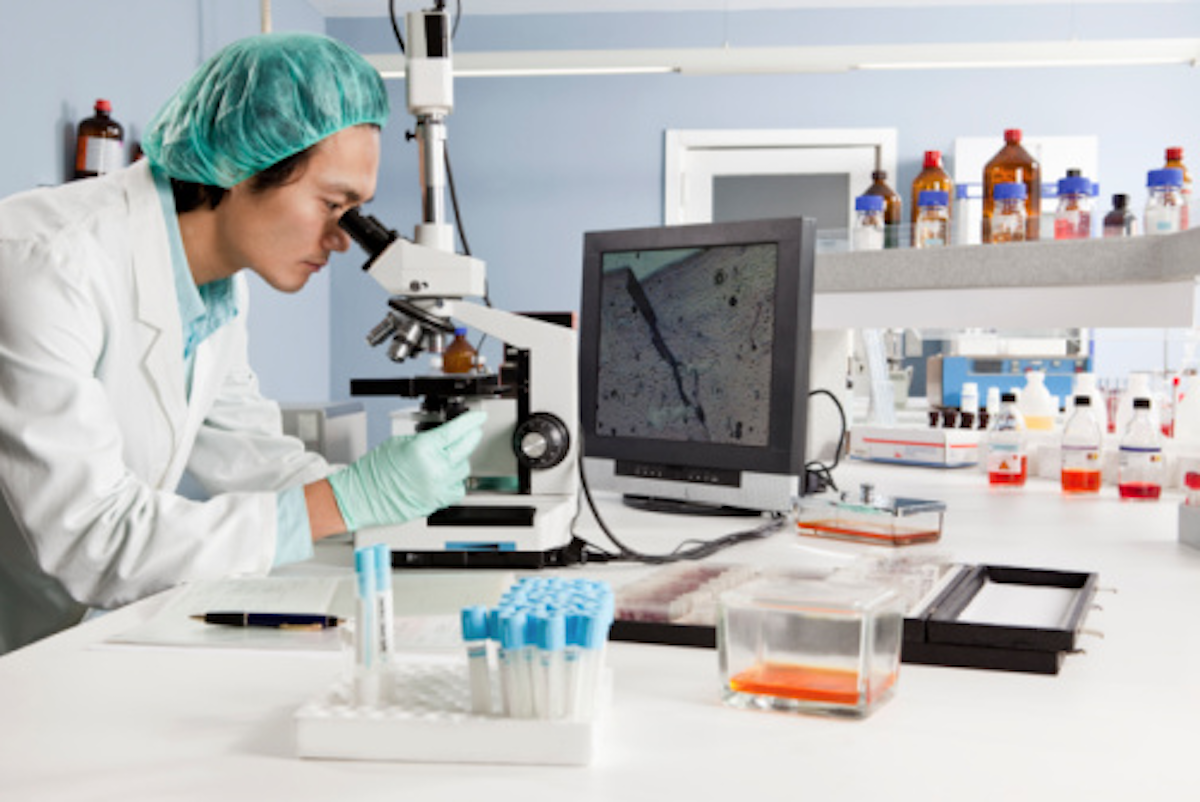Plant and animal cells are fall in the category of eukaryotic cells. Although both are cells but microscopic studies reveal that there is difference between them. Scientists use different biological or compound microscope for cell anatomy. The anatomy of these cells tells that both cells are the same in most of the organelles but they don’t have some same orgenells. To know about the difference in details, read the following article carefully.
Difference between plant cell and animal cell
Contents [show]
| Organelles | Animal Cell | Plant Cell |
| Size | Small | Large |
| Shape | Different animals have different types of cells in shape | All plant cells are just a little bit different in shape |
| Cell wall | Don’t have | Have |
| Cell Membrane | Present | Present |
| Cytoplasm | Present | Present |
| Chloroplast | Absent | Present |
| Peroxisome | Present | Present |
| Ribosome | Present | Present |
| Mitochondria | Present | Present |
| Endoplasmic Reticulum | Present | Present |
| Golgi Apparatus | Present | Present |
| Nucleus | Present | Present |
| Flagella | Present in some animal cells | Present in some plant cells |
| Lysosomes | See in cytoplasm | Not evident |
| Cilia | Present | Present in just some plants |
| Plastids | Absent | Present |
| Microtubules | Present | Present |
| Centrioles | Present | Just lower plants have like Chlamydomonas |
| Plasmodesmata | Don’t have | Present |
Animal Cells:
Animal cells are made up of millions of cells and hence considered eukaryotic cells. Its size ranges from 10-30µm. the first and clear difference between animal and plant cells is that animal cells don’t have chloroplast.
Why chloroplast is absent? Because animals don’t have the mechanism of photosynthesis. There is another main difference in lacking cell walls in animal cells. Yes, the cell wall is not present in animal cells. They have just a cell membrane and we can cleary observe in under microscope.
According to BioMadam website, Scientists tried to find the reason for this absence but they couldn’t find any specific reason regardless that its evolutionary change. With the passage of time instead of the formation of the cell wall, animal cells have upgraded their cell organelles so that they can survive in the absence of a cell wall.
Plant Cells:
Plant cells are double membrane-bounded organelle have a cell wall outside the cell membrane. Cell walls save the cell membrane and cell organelles as well from the harsh environment. It also works as a porous membrane that filters the materials before entering the cell.
Plants have chloroplast which is the major and important organelle for photosynthesis. The plant will die if this organelle is removed somehow. With chloroplast, plastids are found in the cell. Plastids play a major role in pollination and food. They give different colors to the petals of the flower. Some flowers trap the insects by their color. When insects come to the plant they catch them and killed them for nutrients. Vacuoles are also one of the important organelles. First, it gives a firm structure to the plants, and second, it also responsible for the different colors of the plants.
When you do a microscopic study of animal cells and plant cells you see that w well-centered nucleus in the animal cells while plant cells have a large vacuole in the middle that has shoved the nucleus aside. You see dispersed ribosomes in all cytoplasm in the plant cells while in animal cells ribosomes are found near the endoplasmic reticulum. In animal cell’s cytoplasm, we see Lysosomes while you don’t see them in the plant cell. Plasmodesmata are seen in the plant cells although animal cells don’t have these.


